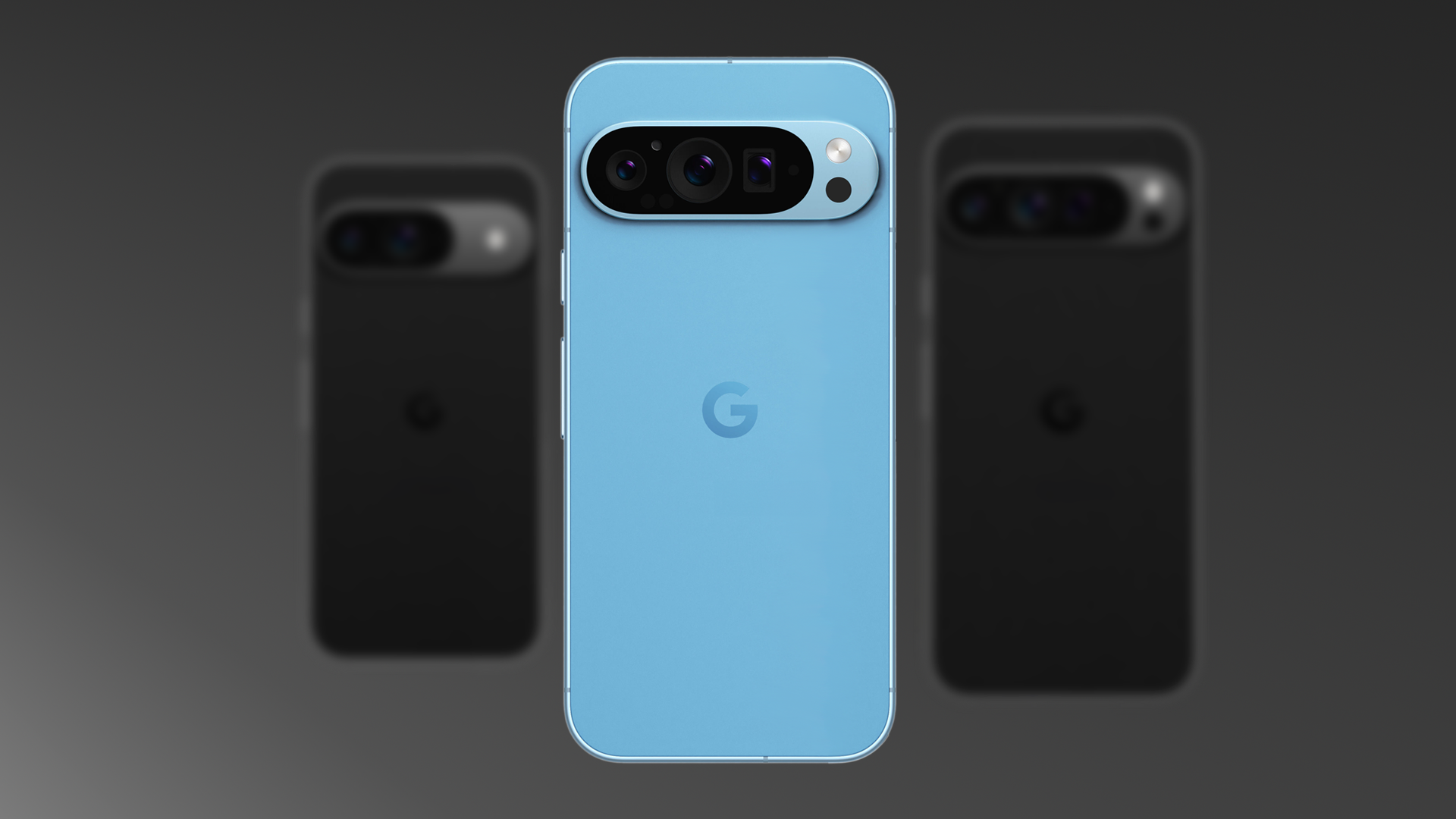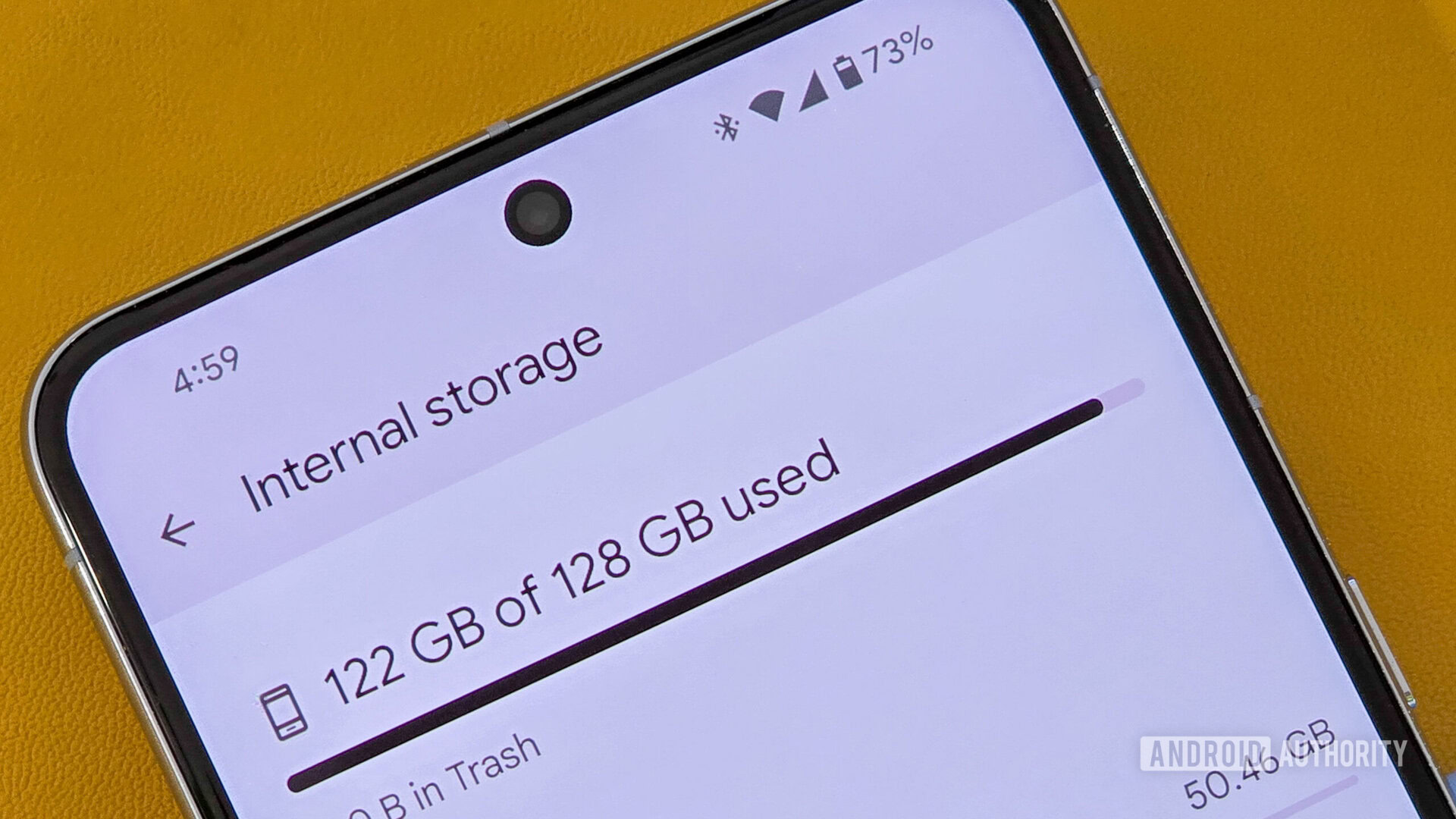
Late last week, the first real-life images of a Pixel 9 Pro — or what seems like it — surfaced. The images confirmed the existence of a smaller Pixel 9 series phone with three camera lenses on the back, i.e., what we’re hoping to be a smaller Pixel 9 Pro that slots in between the base Pixel 9 and the larger 9 Pro (which is supposedly called “XL”).
What struck me, though, was what showed up on the phone’s display when the leaker attempted to boot it. Among a few details like the “caiman” product name and boot failure warning, there were two interesting numbers: 16GB RAM and 128GB storage. Wait, what?
So yes, in the calendar year 2024, Google seems to have studied the subject and decided that 128GB of storage are enough for a modern smartphone. How?! How do you make the conscious decision to up the RAM capacity from 12GB on the Pixel 8 Pro to 16GB on the Pixel 9 Pro, likely to accommodate all the local AI and gen-AI processing that Google is cooking up, then also conclude that you don’t need more than 128GB of storage? Nothing but greed and high margins explain this.
Do you think 128GB of storage are enough for a 2024 flagship?
39 votes
With Pixels capable of shooting RAW photos, 4K60 video, and massive Video Boost files, and with Google requiring more storage than ever with its large apps, algorithms, local databases, and processing, the default 128GB storage is abysmally low these days. Practically, half of it is taken by the Android system and some apps. If you have kids or pets and regularly take videos of them, the rest of that storage fills up very, very fast.
There’s no excuse for a 128GB ‘Pro’ flagship when storage is so cheap and the competition is doing better.
I only take random videos during concerts, events, and trips. I am also diligent about my storage use. Every month or so, I go in and prune my gallery, trimming videos to keep only the parts I care about and deleting redundant files. I keep an eye on the apps I’ve installed and remove the ones I can replace with a website — though Android 15’s app archiving should help with that. Still, my 128GB Pixel 8 Pro only has 6GB of free storage right now. I imagine the situation is more dire for parents and those who rely on video in their everyday life. Google One backups are a nice way to side-step the problem, but there’s nothing like local access to your files and videos.

Rita El Khoury / Android Authority
My complaint is compounded by three separate points:
- Samsung has already raised its base storage to 256GB minimum on the Galaxy S24 Plus and Ultra, so why wouldn’t Google do that?
- The public price difference between 128GB and 256GB of storage is less than $10 these days. It’s probably less at a wholesale price. Yet Google expects us to pay $100 more to upgrade to that storage tier. That’s a very greedy Apple-esque move and one that really puts extremely high margins above the benefit of the buyer.
- Google is the first culprit in occupying a lot of that storage we’re paying for. The “Android System Intelligence” app on my phone takes 2.17GB, “AI Core” is 1.46GB, “Speech Recognition and Synthesis from Google” is 1.32GB, the Google app 1.21GB, Play Services 800MB, and so on. These are all preinstalled apps with obscure data I can’t control and don’t dare clean up for fear of deleting important bits. After 6 months of use, this is the amount of storage they’re taking up. So what about a year, or two, or heaven help me, the seven years of software support Google has promised?
If you’re having a sense of déjà-vu reading this, it’s because my Android Authority colleague Robert Triggs complained about the same 128GB storage tier last year, when rumors of the Pixel 8 Pro started swirling. That wasn’t enough last year, and it certainly isn’t enough this year — at least not for a “Pro” phone that is likely to cost around the $1000 mark.
I hope the leaked Pixel 9 Pro is an early prototype and that the phone ends up shipping with 256GB of base storage. However, I’m not holding out hope for that. I can perfectly imagine a reality where Google thinks 128GB of storage is passable and practically forces people like me to buy the next tier for $100 more just so that the ‘Pro’ phone remains usable for more than a few months.








